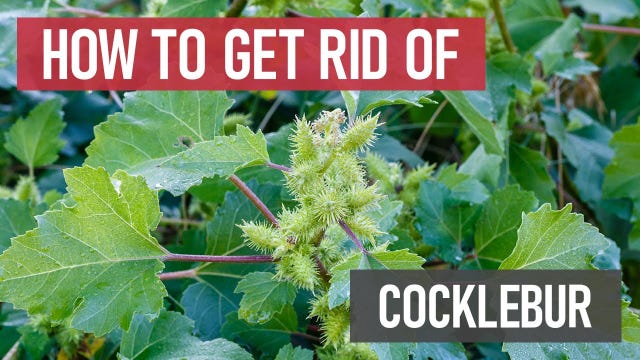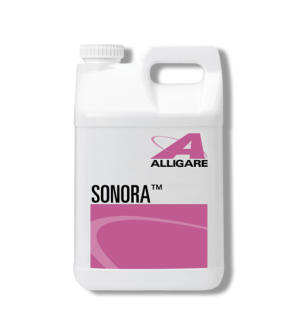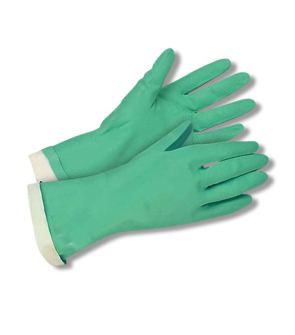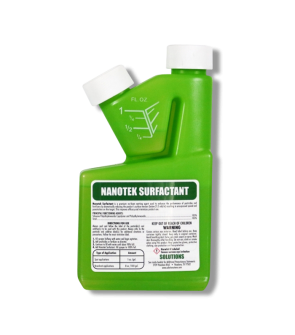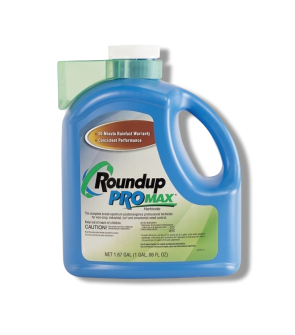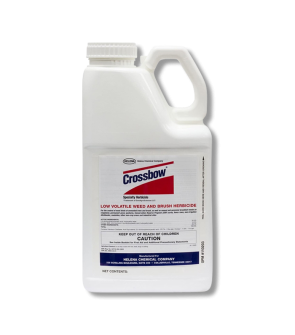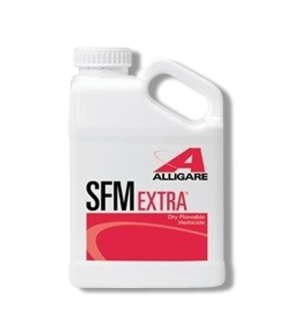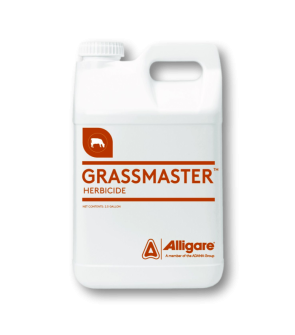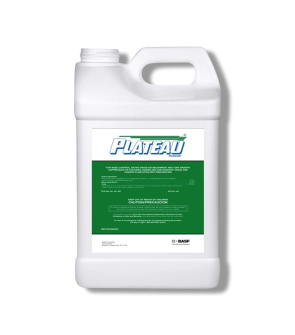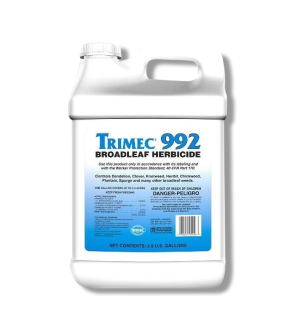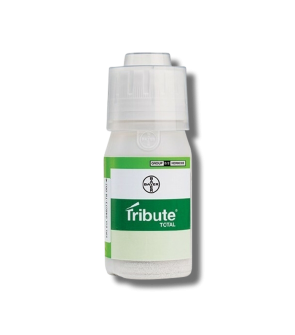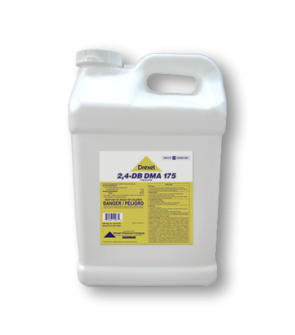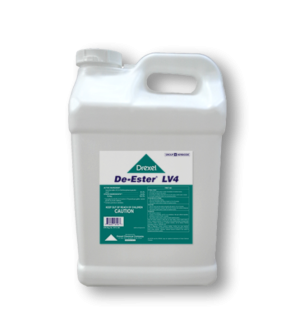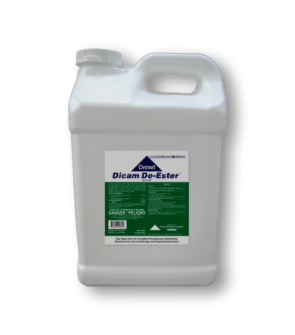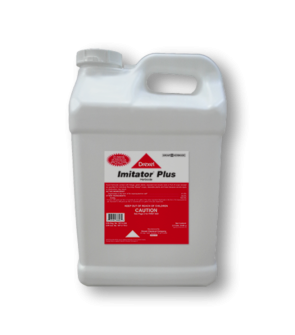Gain access to personalized product screening, the best pricing, rewards, and more!
Most Effective Products
Cocklebur Control: How to Get Rid of Common Cocklebur
This page is a general DIY guide for controlling cockleburs. Using the suggested products and methods, you can control cockleburs. Follow this DIY article and use the recommended products, and we guarantee 100% control of cockleburs.
Cocklebur, also known as common or rough cocklebur, is a summer annual weed that produces a rough touch due to the stiff hairs on its leaves and prickly burr seeds. It bears enough warning that this invasive plant will easily stick to your skin, clothing, or animal fur like velcro. This plant typically invades farmlands, woodlands, grassy areas, natural open areas associated with water like ditches or water holes, areas where vegetation or soil is removed or topsoil is exposed, and other dry sites.
Found throughout the western and southern portions of the United States, this common weed is native to North America. It became widespread due to its ability to easily attach itself to you or your animal's fur with its stiff, hooked spines. This invasive weed is monoecious, meaning it contains both female and male parts; thus, it can self-pollinate. Due to both factors, cocklebur can quickly overtake pastures, crops, and other desired areas.
Each bur contains 2 seeds, which are poisonous to livestock animals if ingested. These burs and spines of the cocklebur are often mistaken for burdock. Both of these weeds will have bur-like seeds, but each one will have a different location it is found in. Cockleburs will flourish in warmer regions, whereas burdock will not.
For pastures and properties facing an infestation of cocklebur, it is best to remove or prevent these weeds from growing quickly. Refer to our DIY guide, which presents recommended steps from our lawn care experts and suggests products that will eliminate cockleburs cost-efficiently.
Identification
Before proceeding with a treatment program, you must be certain you are dealing with a cocklebur infestation. Careless identification can lead to using the wrong treatment methods, which can be a waste of time and money. Below are the following characteristics to help you understand what cocklebur looks like.

- Stems of cocklebur will usually be erect with multiple branches, spotted, and feel rough to the touch. They will grow 2 to 4 feet tall.
- Cocklebur leaves are alternate, with 3 to 5 lobes and toothed edges. Each individual leaf is generally triangular and grows up to 6 inches long. Tiny hairs grow on both sides of the leaves.
- A single cocklebur plant grows clusters of flowers from June to November. These clusters contain round flower heads and ovular burrs. When fruiting, cocklebur will bear two seeds that are shaped cylindrically and spiny. Including the spines, the burs will range between 1.5 to 3 cm long.
- These oval-shaped burs contain the seeds. The burrs start green in color but will brown as the plant completes its life cycle and dies.
- The flowers of cocklebur are hard to see and creamy green. The male and female flowers are separate but found on the same plant. The male flowers are on the actual bur seed, while the female flowers are lower on the stem.
Use the description and image above to help you properly identify cocklebur on your property. If unsure, contact us and send a photo of your weed through email or in person at one of our stores to help you identify the weed and suggest treatment options.
Inspection
Once you confirm that you are dealing with cocklebur, you can move on to inspection. During this phase, you will locate areas where cocklebur is thriving and observe the conditions that allow it to thrive. This information will help you know where to focus your herbicide application.

Where to Inspect
Cocklebur can grow anywhere in disturbed soil exposed to the sun, such as barnyards, pastures, fields, and wooded areas.
This plant is tolerant to various soils ranging from moist clay to dry sand but grows best in soils that are slightly moist underneath the surface and contain organic matter. These conditions are commonly found along ponds, ditches, areas prone to flooding, and fields used for grazing.
What to Look For
Cocklebur is a competitive weed that will quickly overtake the area it is infesting. From May to June, when temperatures are warmer, the seeds of cocklebur will emerge. If they are beginning their first stage of growth, cocklebur seeds appear green in color.
More mature plants will appear deeper into the summer. Later in September, the cocklebur seeds will change from green to brown and display flowers and new burs until frost from winter occurs.
Treatment
After identifying cocklebur and inspecting where it is most active in your lawn, you can begin to treat your area. Wear the appropriate personal protective equipment (PPE) before handling or applying any product.
Cocklebur burs can be painful to handle directly through hand-pulling techniques. Additionally, the seeds of this summer annual weed can lie dormant in your soil for up to five years.
Due to these reasons, it is best to remove cocklebur with a selective, post-emergent herbicide containing 2,4-D, dicamba, or glyphosate.
Step 1: Mix and Apply Herbicide
2,4-D Amine Selective Post-Emergent Herbicide is a post-emergent herbicide that contains the active ingredient 2,4-D 46.8%. This product is a flowable emulsifiable concentrate that can treat broadleaf weeds such as cocklebur in residential lawns, grassy areas, drainage ditch banks, and cool-seasoned turf.
Fahrenheit Herbicide is a post-emergent herbicide containing the active ingredients Dicamba 33% and Metsulfuron-methyl 5%. This product is water-dispersable granules that will kill cocklebur and other broadleaf and grassy weeds in warm-seasoned turf.
Measure the square footage of the treatment area to determine how much product material to use. To find this, measure the treatment areas' length and width in feet and multiply them together (length X width = square footage).
In cool-seasoned grass, we recommend using 2,4-D Amine Selective Post-Emergent Herbicide. Mix 1/4 pint of 2,4-D Amine Selective Post-Emergent Herbicide in 3 gallons of water as a spot treatment to kill cockleburs in ornamental turf areas. Do not spray across ditch bank water to reach the other side or spray directly into the water when treating near ditch banks. Use 1/2 gallon of product in 1 to 5 gallons of water per acre.
To get rid of cocklebur in warm-seasoned grasses, we recommend Fahrenheit Herbicide.
Mix 0.2 oz. of Fahrenheit Herbicide for spot applications in 1 gallon of water per 1,000 sq. feet. For broadcast applications, apply 4 to 6 oz. of product in 20 to 80 gallons of water per acre.
Once you have determined how much product to use, begin the mixing process. Fill a handheld pump sprayer or backpack sprayer halfway with water, add the appropriate amount of product, and then fill the rest of the way with the remaining half of the water. Close the sprayer tank lid and shake to ensure the solution is well-mixed.
We recommend using Nanotek Surfactant as well during your herbicide applications. Nanotek is a non-herbicide product designed to improve the adhesion and penetration of pesticides onto treated surfaces. To use Nanotek Surfactant, add 1 fl. oz. per 1 gallon of solution.
During application, adjust the sprayer nozzle to a fan-spray setting so it will spray a fine mist on the top and bottom of the cocklebur leaves. Spray to the point of wet, but not runoff.
Step 2: Follow Up Application
When applied properly, affected weeds will turn yellow and begin to die.
Cocklebur is an aggressively growing weed that produces seeds (known as burs) that lay dormant in soil for up to five years. Typically, this plant begins to grow from May to June. For this reason, it is best to perform a second application, especially if recovery is observed after herbicide applications.
Reapplication intervals with 2, 4-D Amine range from 21 to 30 days. Reapplication intervals with Fahrenheit range from 4 to 6 weeks.
Prevention
Once cocklebur has been eliminated from your property, you will need to implement preventative measures to ensure that this summer annual weed does not return.
- To limit the spread of new cockleburs onto your property, newly emerged plants can be manually pulled from the ground. Hoe newly emerged cockleburs until the roots of the plant are exposed and the seeds (burs) are disposed of at the nearest trash disposal. Leaving seeds on the ground can cause later infestations within 5 years. For easier root pulling, moisten the area with water to loosen the plant roots.
- Mow your lawn when the turf has reached 3 inches in height to cease cocklebur growth and seed activity.
- Inspect your clothing, such as your shirt, pants, socks, and shoelaces, to avoid carrying and dropping cocklebur seeds in various parts of your yard.
- Keep pets and other livestock animals out of the area until the cocklebur has been removed to prevent the burs from sticking to their fur and spreading. You may also consider trimming your pet's hair to prevent burs from sticking to its fur and to make removal easier.
Key Takeaways
What is Cockleburs?
- Cockleburs are a common summer annual weed that grows on lawns, brush areas, and along ditches. It is known for its prickly bursts.
How to Get Rid of Cockleburs
- To treat new or established cockleburs, we recommend spraying 2,4-D Amine Selective Post-Emergent Herbicide and Fahrenheit Herbicide. Spray this product during the spring and early summer, such as May to June, when cockleburs are relatively young and have not yet produced seeds.
Preventing Cockleburs
- Prevent cocklebur by mowing yards and other grassy areas to keep them from growing or emerging from past seeds.






